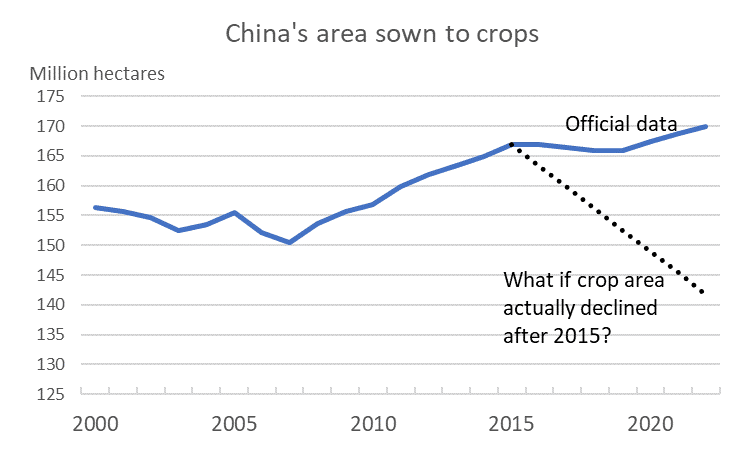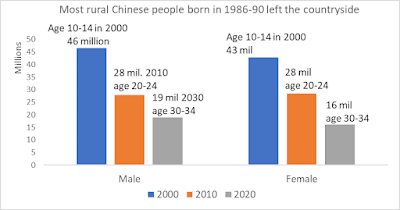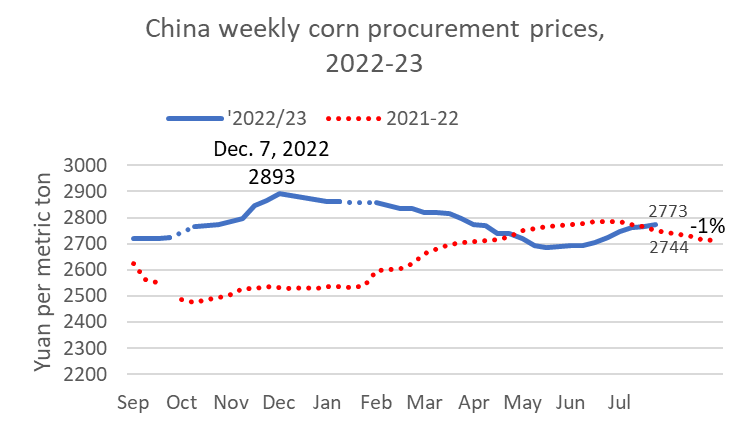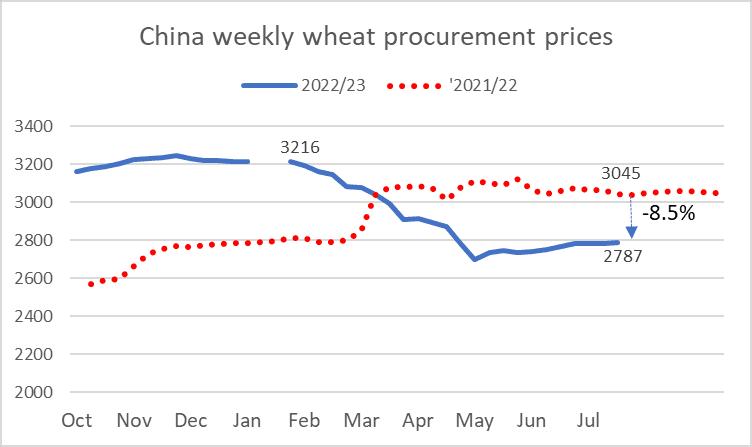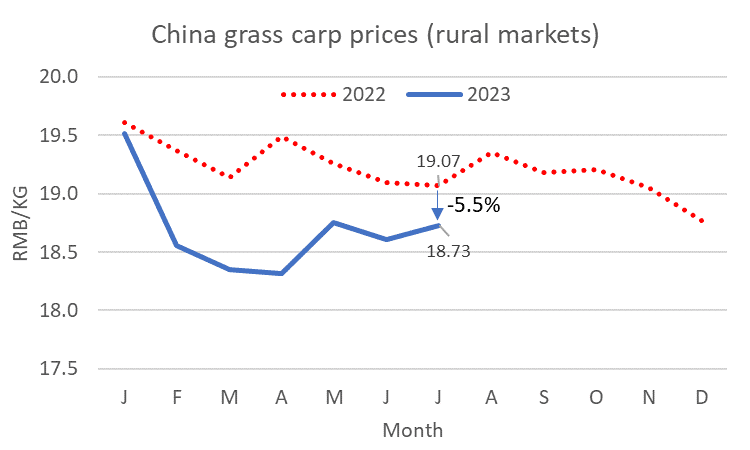You probably never thought about how China uses horse piss to keep its Central Asian colonies under control and to compete with giant multinational pharmaceutical companies.
 |
| A Kazak man collects horse urine. Source: Tianshan Net (Xinjiang Daily) |
Suppose you're an insecure East Asian country whose population mostly lives within 500 miles of the Pacific Ocean. To your west there's a big, mostly empty territory populated by nomadic ethnic groups. You're worried that powerful neighbors will gain control over this territory and end up right outside your back door. Plus the territory has land where you can grow crops, launch rockets, and extract minerals and petroleum.
So you move into this area, subjugate it, and claim it as part of your country. You unimaginatively name it "New Territory" while claiming it has always been part of your country. You set up an archipelago of military farming and industrial settlements populated by your ethnic group. You don't want ethnic nomads roaming around freely, so you declare a grassland reform program that forces nomads to settle in towns or on ranches at a fixed location where they have to keep their livestock in barns. That way you can watch them and make sure they don't link up with their relatives on the other side of the border.
Turns out the nomads have no way of making a living in cities, have nothing to do, and they're becoming restive. So you order companies run by your ethnic group to scatter nickels and dimes over the colonies by buying raw materials from the natives. This is basically China's "precise poverty alleviation" program, and the trade in urine from pregnant horses is one of the more obscure examples. Other examples include tomato sauce, vegetables, apples, medicinal herbs, fish, and donkey skins.
Deep in the steppes of Central Asia there are ethnic Kazaks who once roamed the grasslands on horseback and ended up inside the border of the Peoples Republic of China, cut off from their cousins in Kazakhstan. About 20 years ago a program nominally to protect grasslands forced nomads to relocate to towns or settle at fixed sites with barns and fenced pastures for their animals. Studies by Chinese social scientists found that the grassland program left many ex-nomads in poverty and hinted that there was much opposition to the program.
Horses have always been a big part of their lives, so the communist Chinese rulers have come up with horse-related schemes to make money for the Kazaks. The Kazak prefecture is a top supplier of race horses all over China. Horse meat, intestines, horse fat, horse milk, cosmetics, and Chinese tourism to see the exotic grasslands and horse culture are part of the horse economy.
 |
| Horse with a urine bag strapped on. Source: Xinjiang Morning News. |
Another byproduct of horses is pregnant mares' urine known in polite company as "premarin" or PMU. The urine is rich in estrogen, other hormones and calcium that is used as raw material for medications used for hormone replacement and calcium supplements in older women. Xinjiang Xinziyuan Biopharmaceutical Co. in Xinyuan County buys the urine, extracts the estrogen and manufactures pills and creams that are sold all over China and Latin America. The company was founded in the 1990s by scientists from the Provincial medical university and seems to have ties to another company in Zhejiang Province on China's east coast.
According to Chinese propagandists, some Kazaks spend their winters collecting buckets of horse urine, and they are thrilled to get an extra $5 or so per bucket from selling the urine to the pharmaceutical company. The herders collect urine from pregnant mares by means of tubes affixed to their rear ends. A mare can produce about 5 kilograms of urine daily. According to Xinjiang Daily, in 2021 the price of mares' urine was 9 yuan (about $1.30) per kilogram, higher than the price of milk.
The company says it purchased 1,500 tons of pregnant mare urine from Kazakh herders who had about 5,000 horses in Xinyuan County during 2021-22. They say this translates to income of 2000 yuan (about $300) per horse. Kazaks have about 10 horses on average.
 |
| Workers in the factory that processes the horse urine appear to be ethnic Chinese. Source: Tianshan Net (Xinjiang Daily). |
The method for creating estrogen medication from pregnant mare urine was developed in the 1940s by American company Wyeth, now owned by pharmaceutical giant Pfizer. The Xinjiang company--with 80 employees--is the only one selling such estrogen products in China and seems to have ambitions to compete with Pfizer. The Chinese company's scientists say they have developed a binding method that only releases estrogen when the woman's body needs it, thus avoiding harmful side effects of taking the hormones.
In 2010 a delegation from China's State Council inspected the horse industry in Yili Prefecture and congratulated Xinjiang's agricultural university for horse-breeding success and for filling needs in the domestic market and "breaking the international monopoly" in mares' urine, milk, meat, and racehorses. The State Councilor promised to provide scientists in Xinjiang any support they needed.
 |
| In 2010 a State Council delegation inspected the breeding farm of an Yili Prefecture race course and posed with Kazak jockeys. Source: Science and Technology Daily. |
In 2014 Xinjiang announced that the Xinyuan County Pregnant Mare Urine export base was one of 6 model export bases certified by the region. The export base consisted of the Xinziyuan company and its urine collection network. According to the announcement, the mare urine project was a major science and technology project in China's 10th 5-year plan, received support from China's 863 S&T fund, and received several patents. The article pointed out that the company was the second in the world [presumably after Wyeth/Pfizer] to produce estrogen products from natural raw materials. After being certified as an export demonstration base, the Xinziyuan company was to receive special financial support of 1.46 yuan from the Xinjiang government. The company planned to use the funds to achieve certification to sell products in Europe.
According to The Guardian, in the 1960s companies developed estrogen supplements made from soybeans and yams that have lower risk of breast cancer and blood clots than does premarin. Pfizer has a 3% market share in Britain; small companies are the main suppliers in Europe. The Guardian profiled a manufacturer in the Netherlands that uses soybeans from Heilongjiang--in northeastern China--as raw material to make estrogen.
In 2017, another delegation visited the mare urine company, an apple export base, and apparel manufacturing industrial parks in the Yili Kazak Prefecture to investigate why "Belt and Road" trade with Kazakhstan was not growing. (Problems included difficulty getting passports and signing contracts, barriers to financing and cross-border investment, risks of trade in Kazak and Russian currencies, and high taxes in Kazakhstan.) Two of the three local commerce officials the delegation met had Chinese names.
The urine-estrogen industry was not included in a new set of "agricultural international trade bases" announced during 2021-23. It's not clear that the company's products have ever been exported anywhere besides South America.
Meanwhile horse owners in North America are unhappy that Pfizer has scaled back its purchases of their horses' urine--some blame it on Pfizer shifting its collection to China. Horse bloggers accuse the Chinese of abusing their mares.
-
Pfizer consigns PMU Premarin horses to killing fields of China | Wind Wild Horse
Canadian PMU farms’ losses are China’s gain – Tuesday's Horse (wordpress.com)



